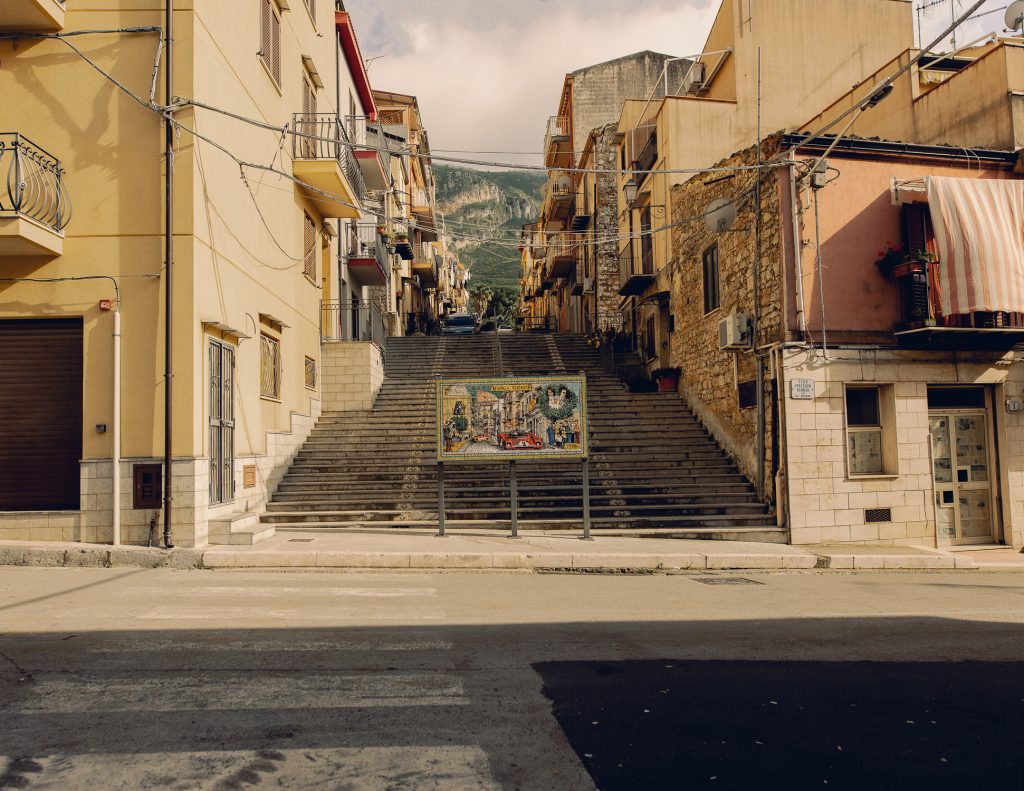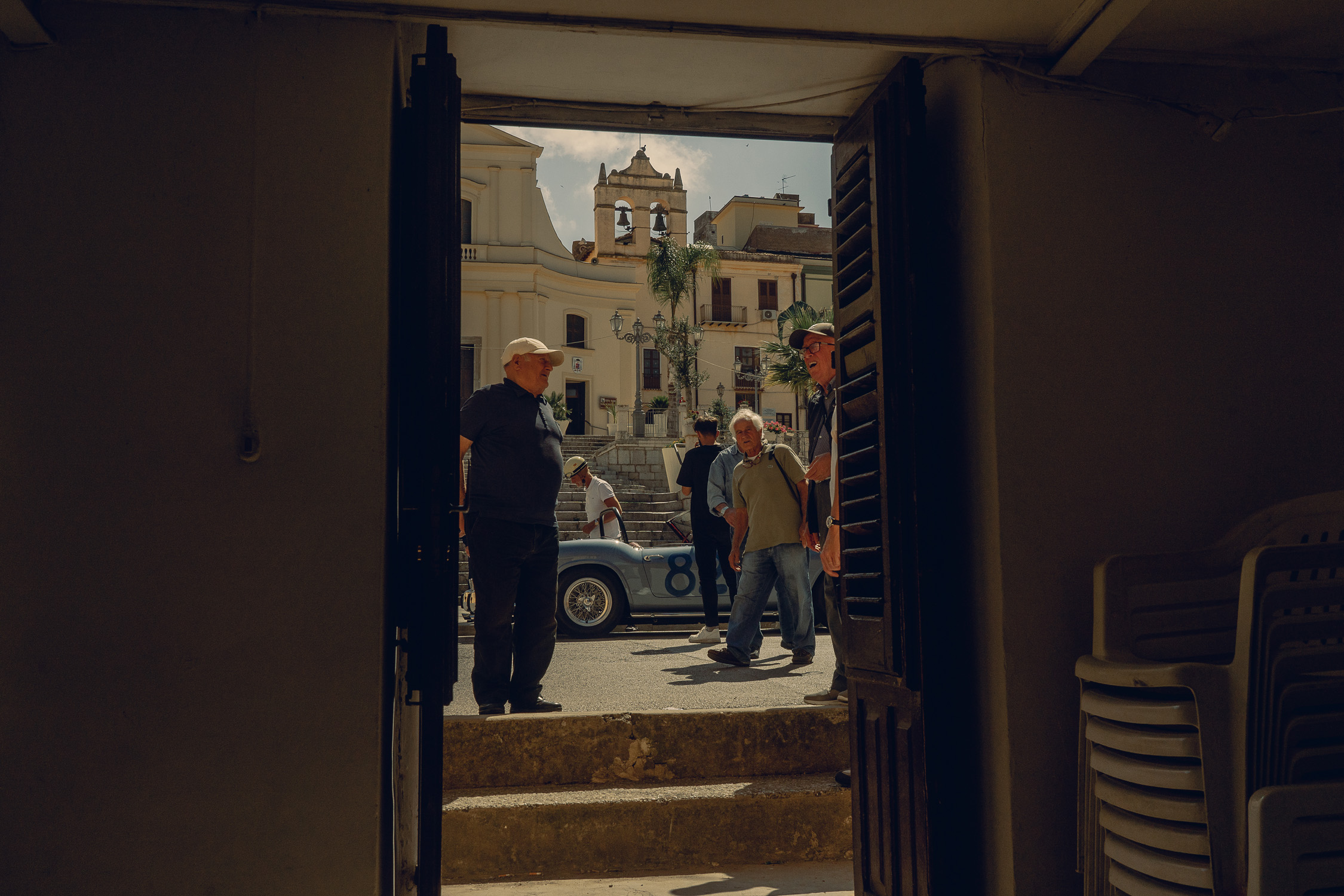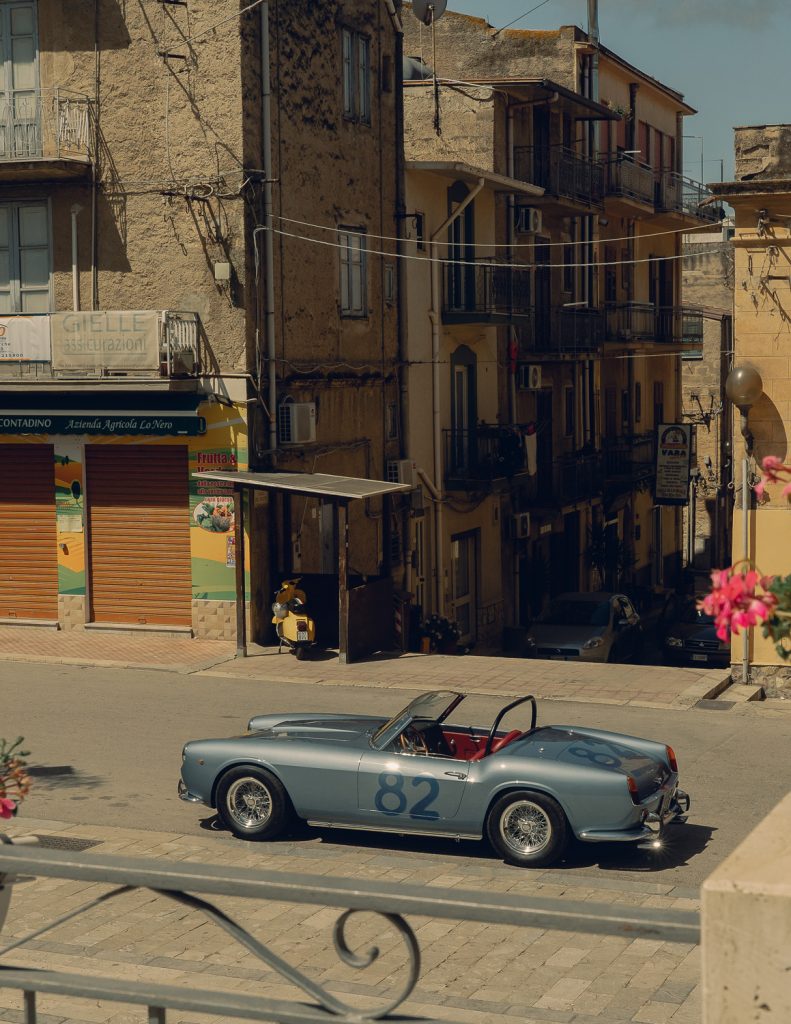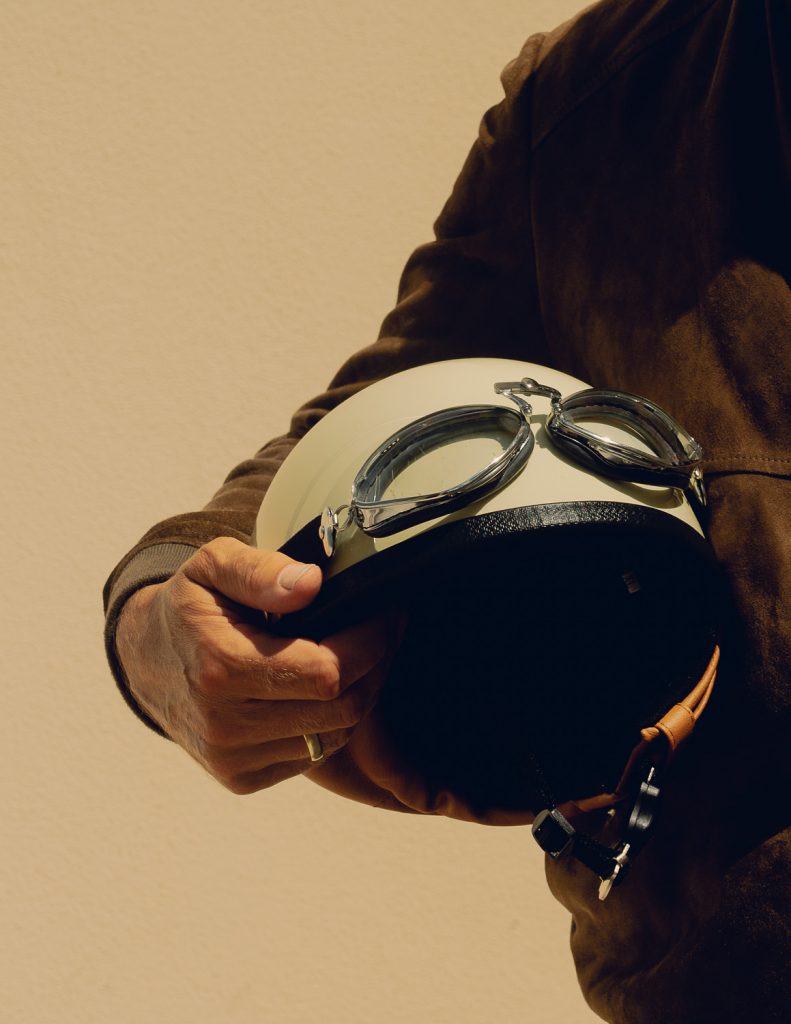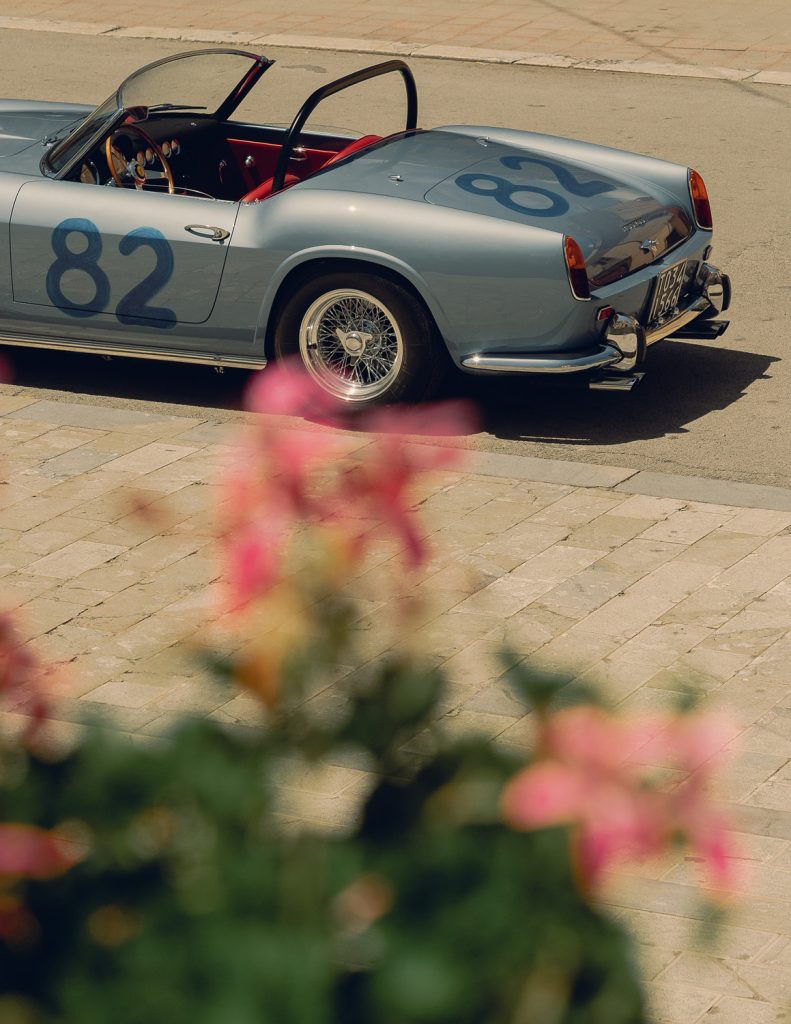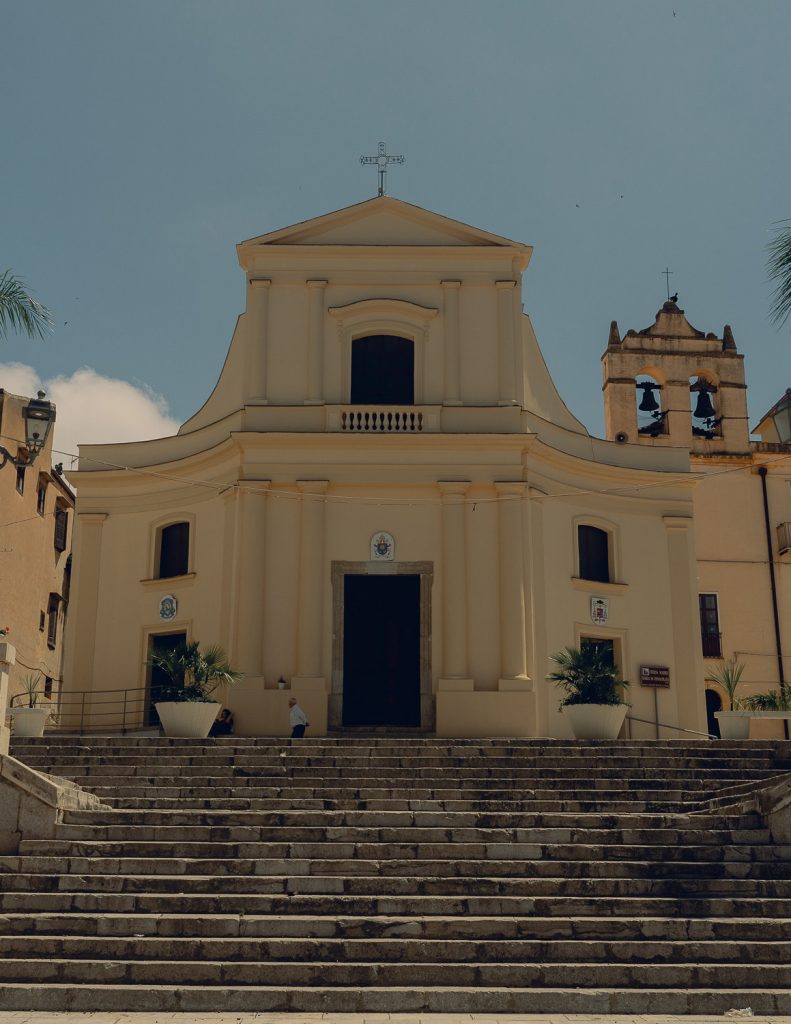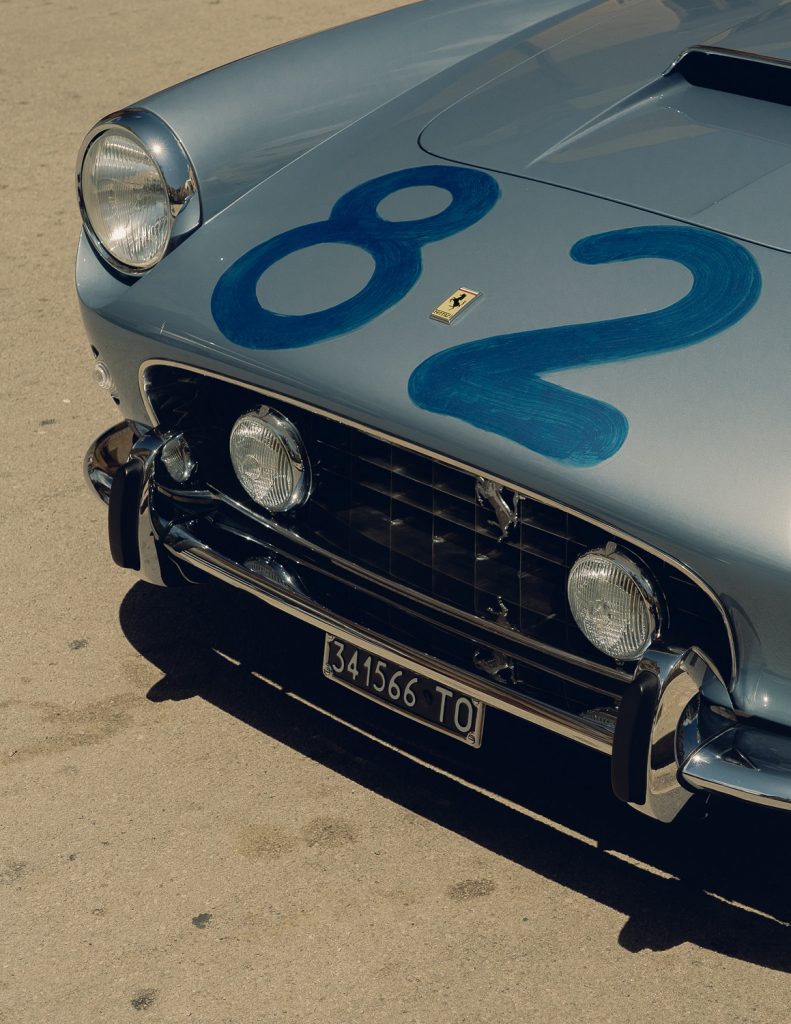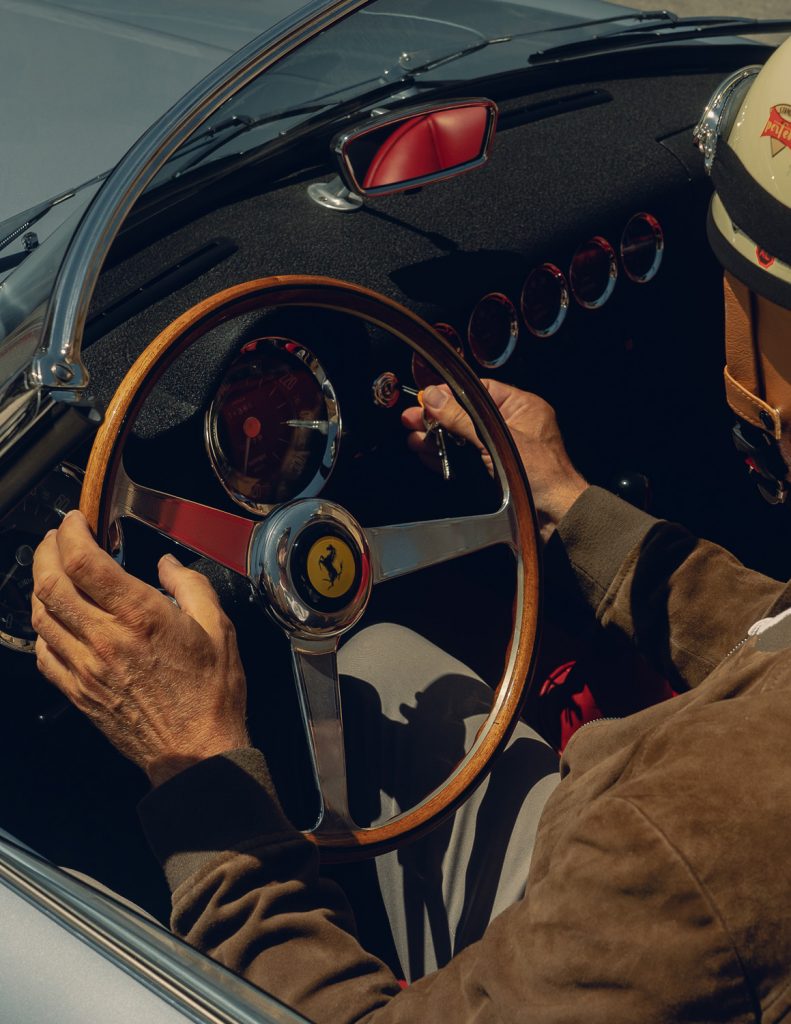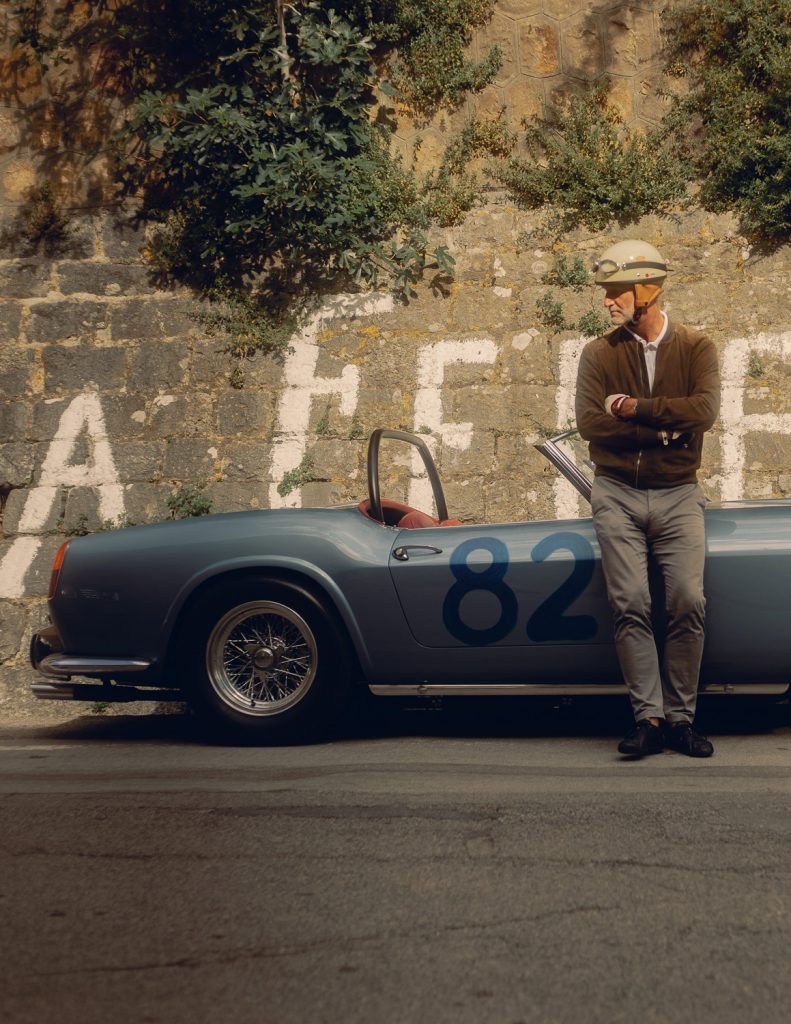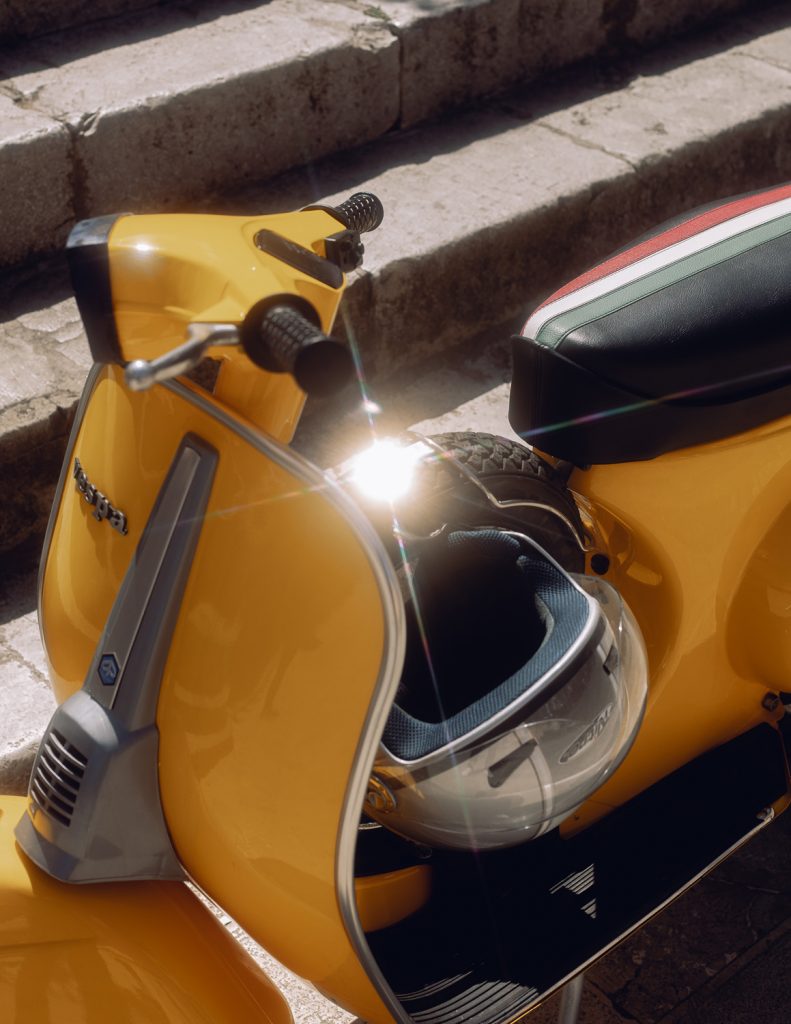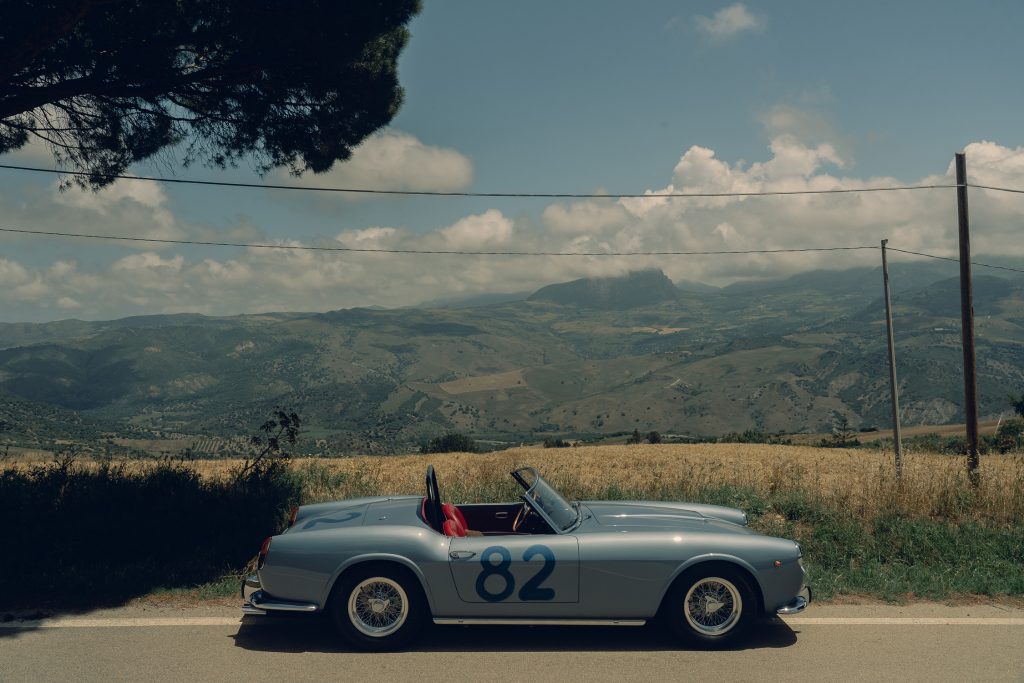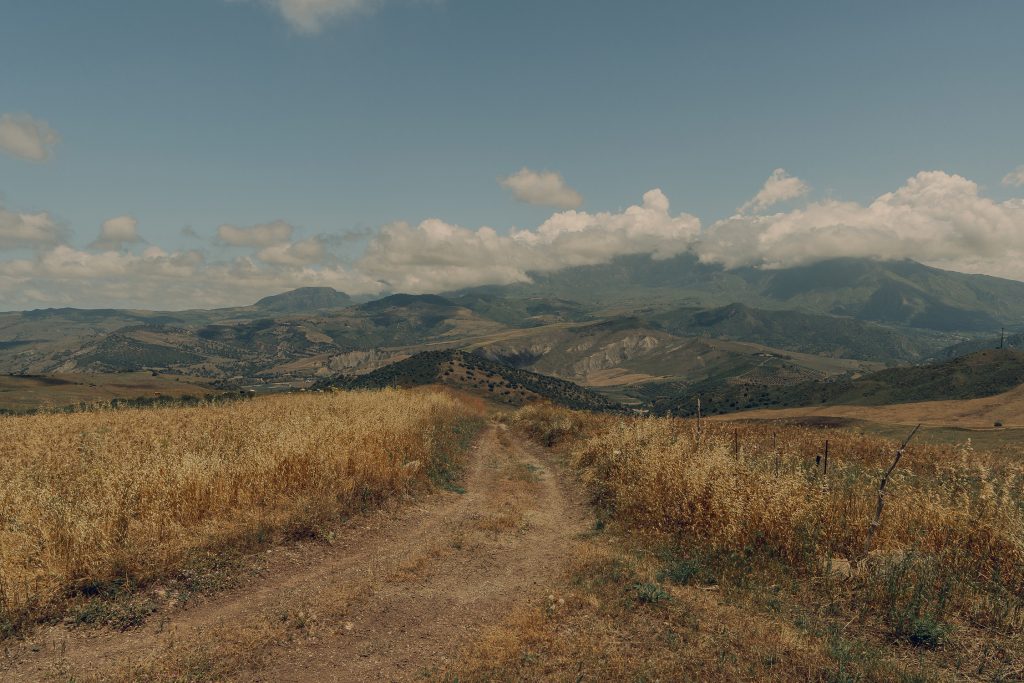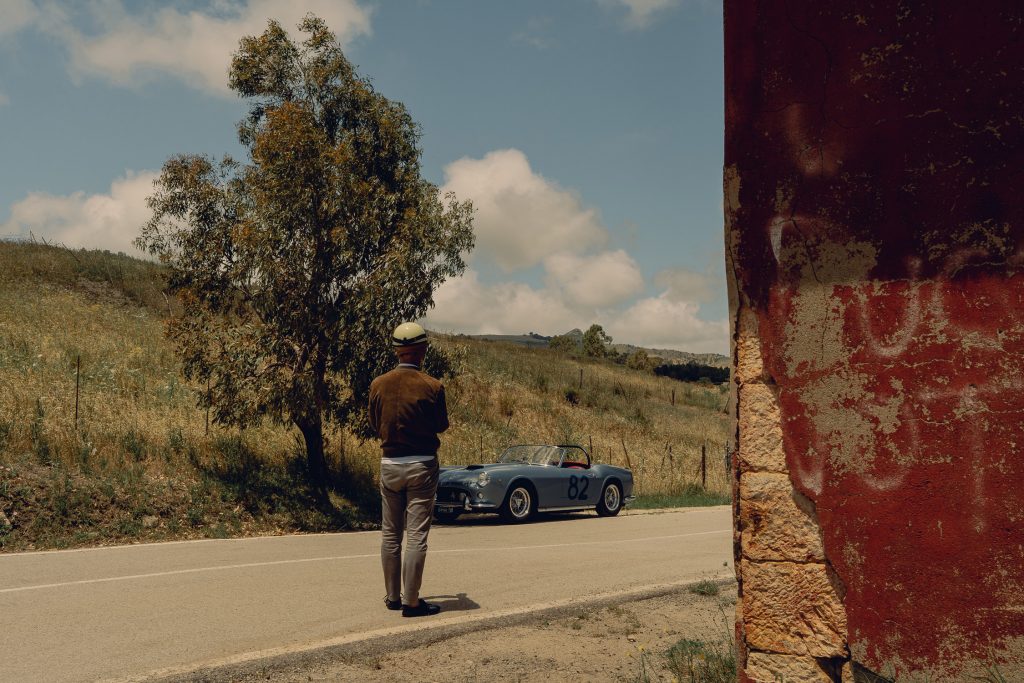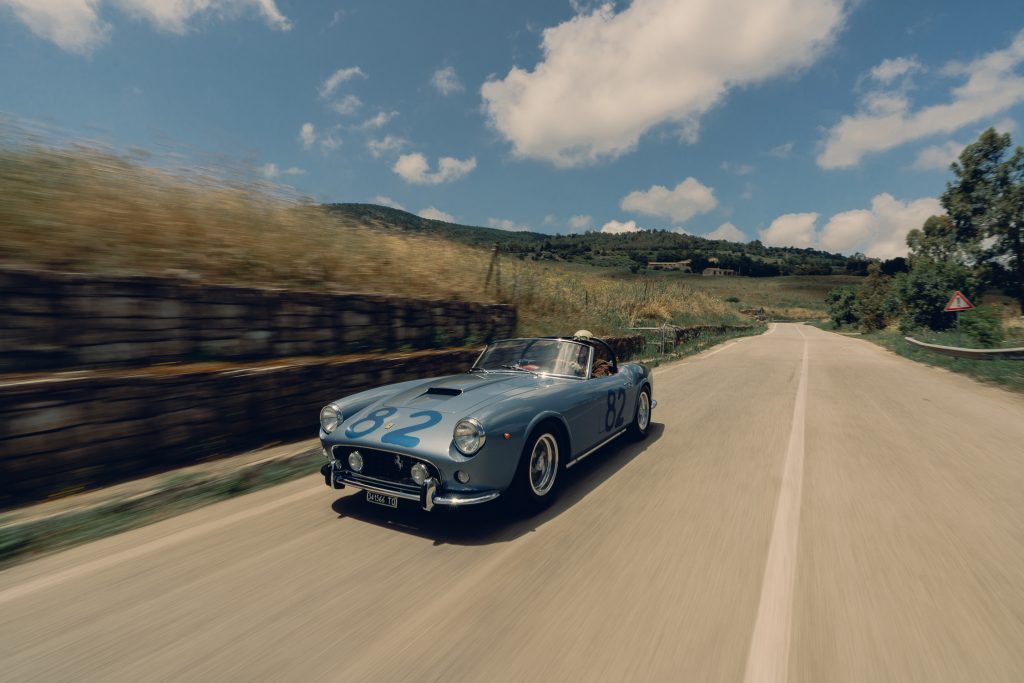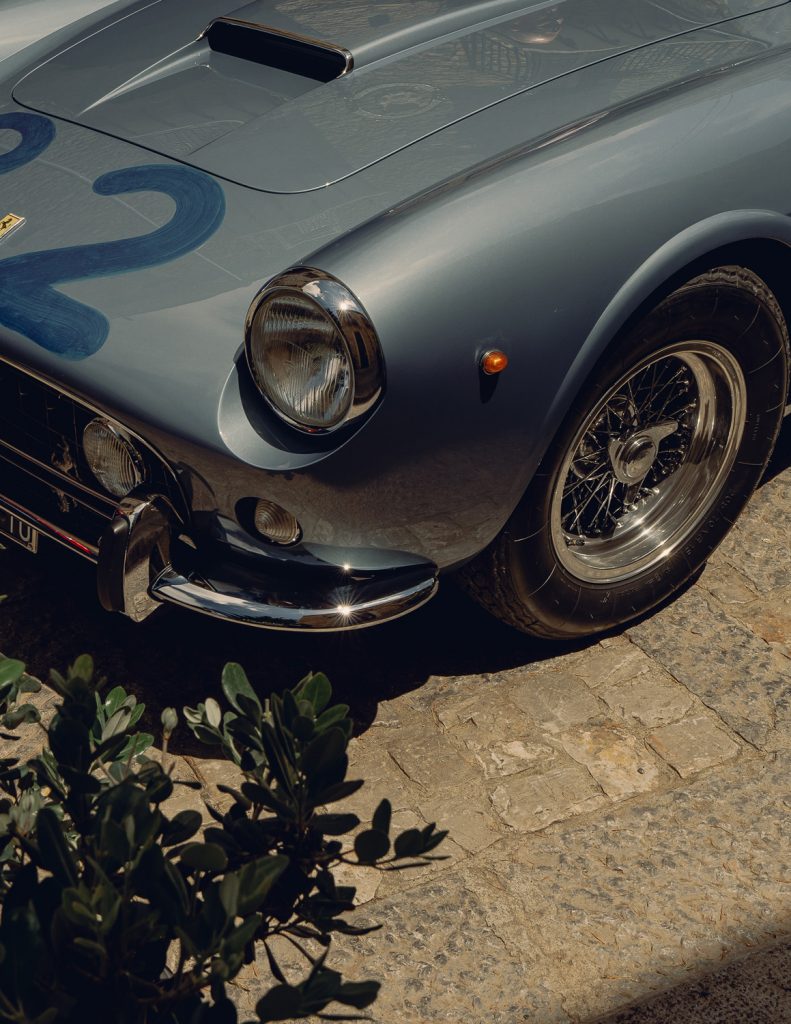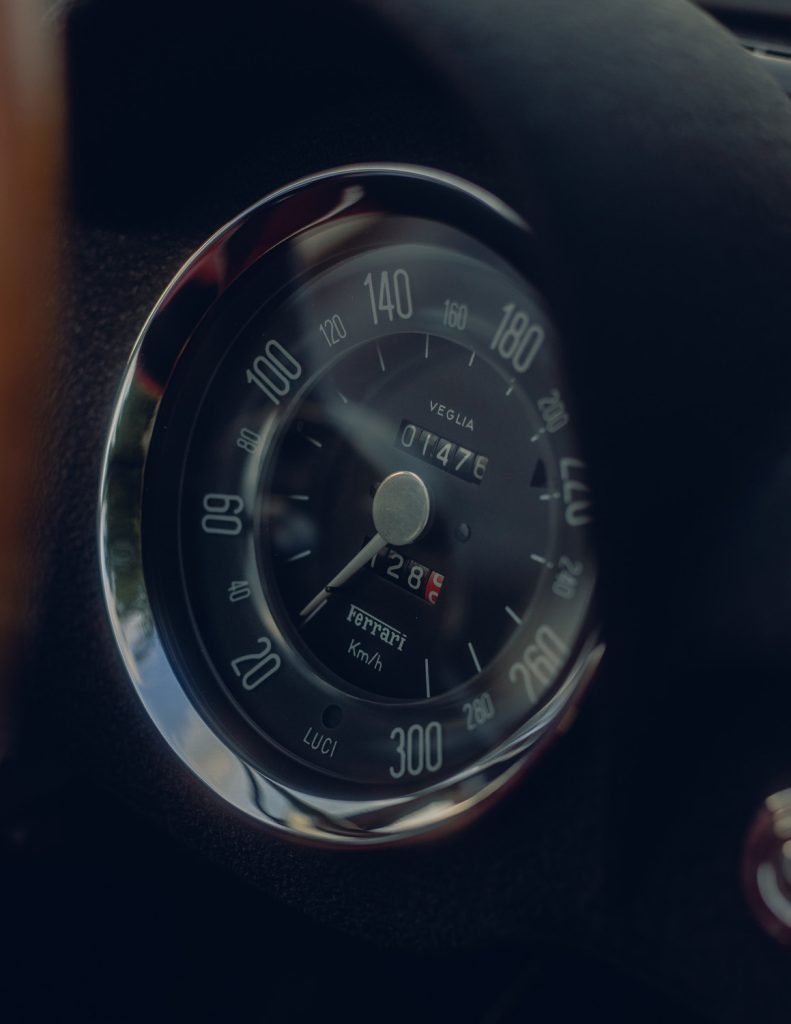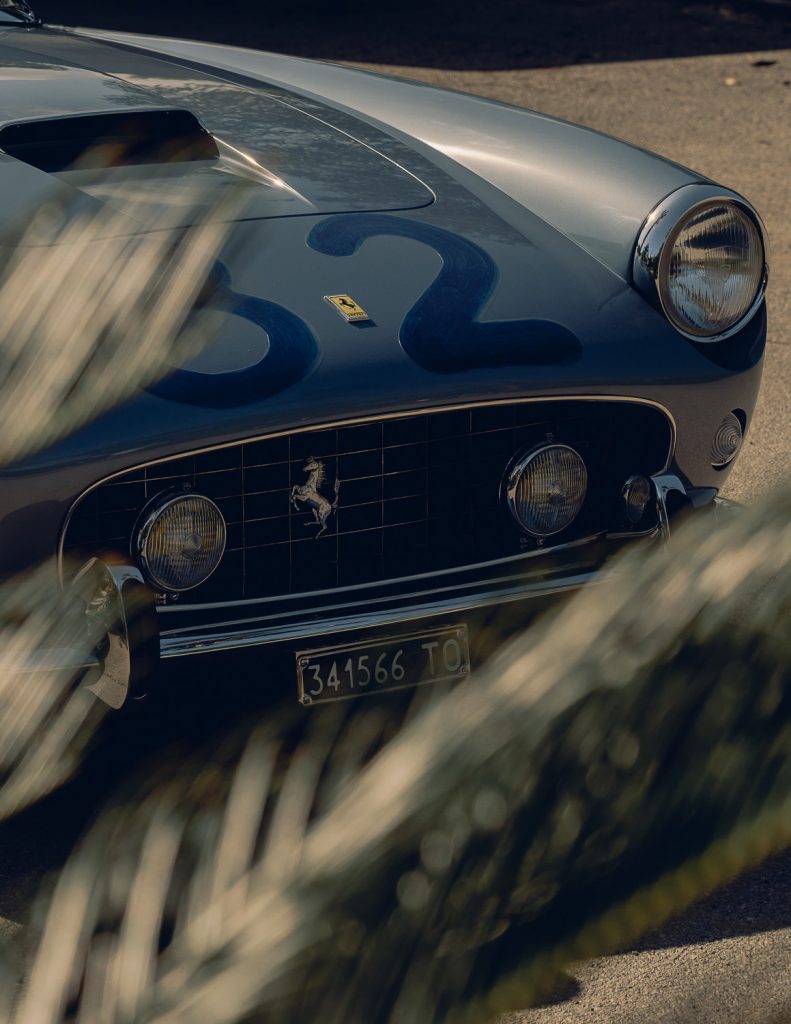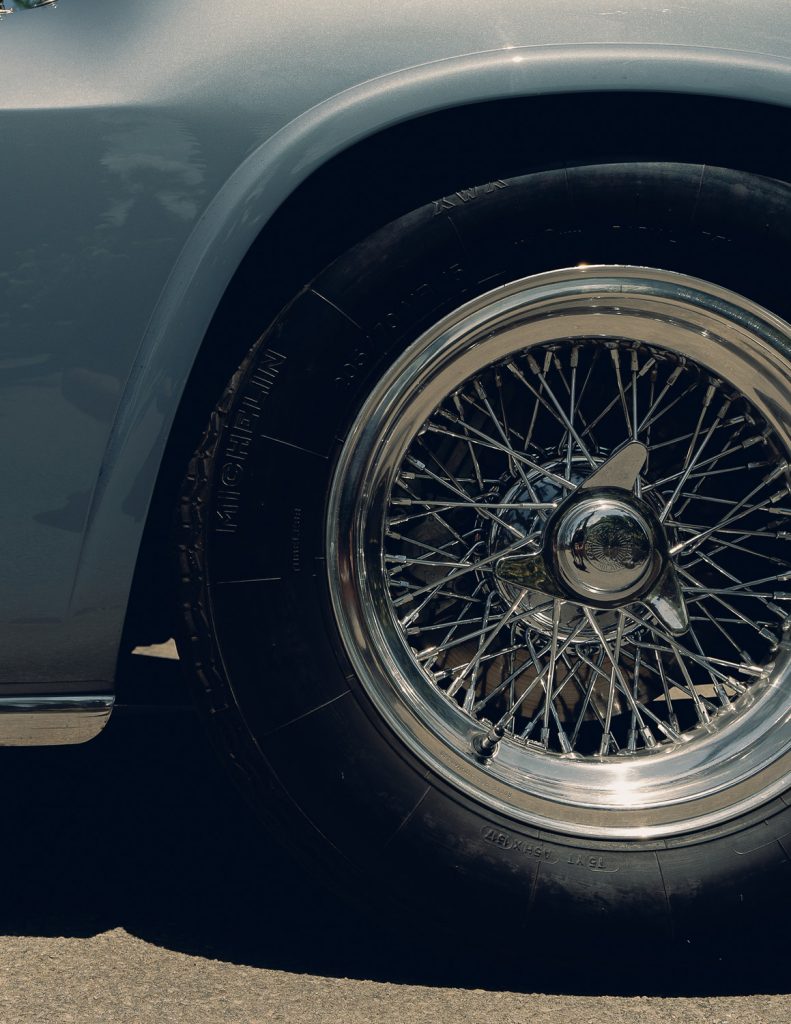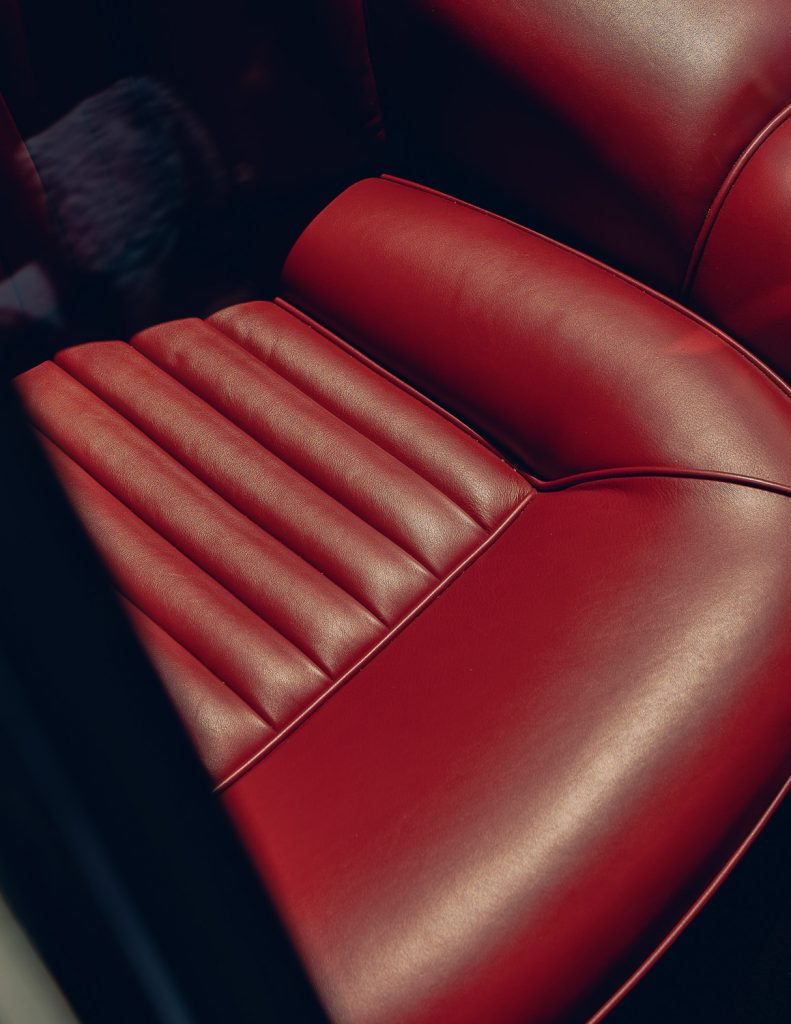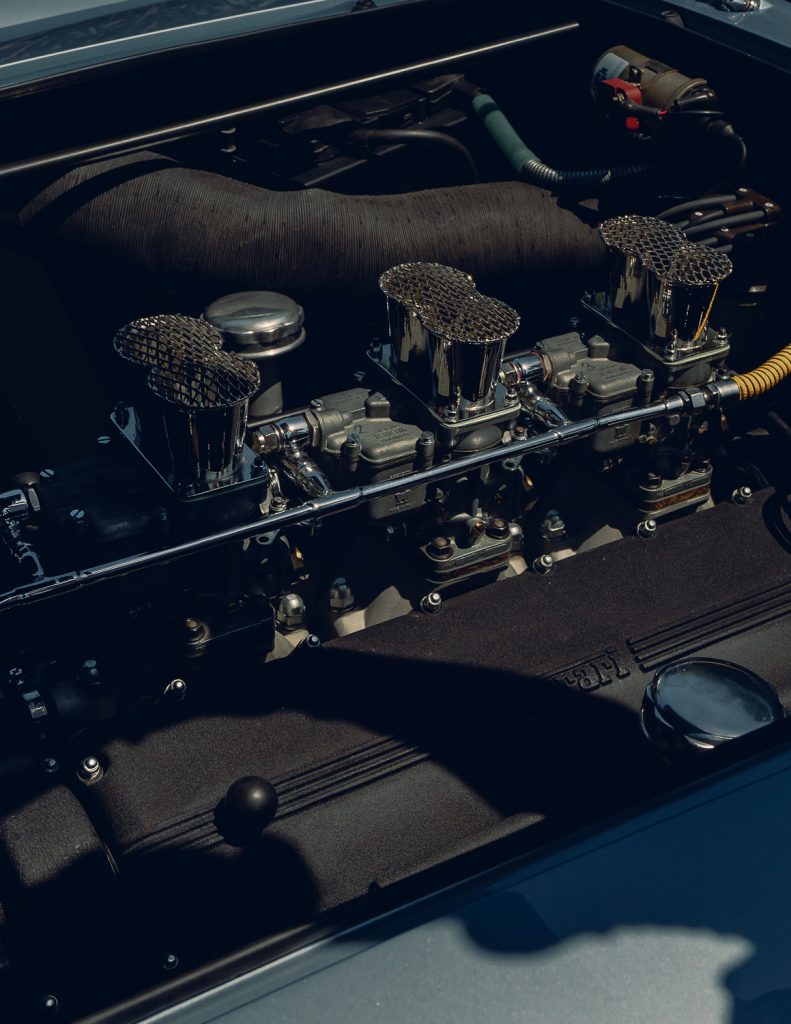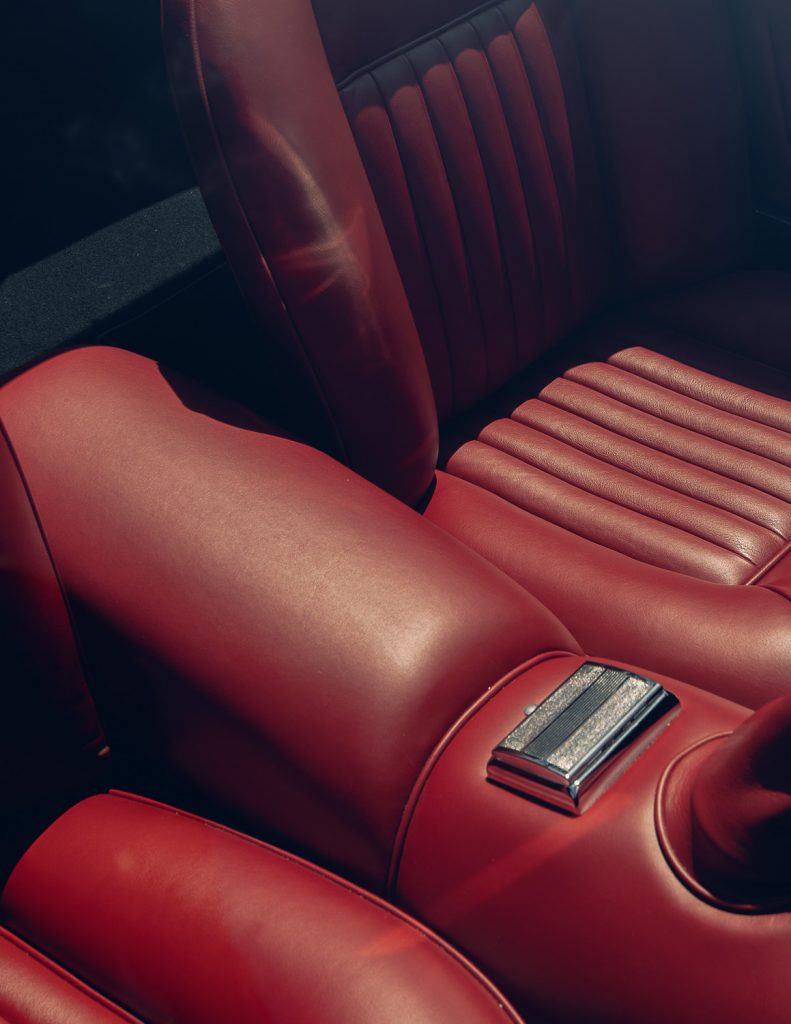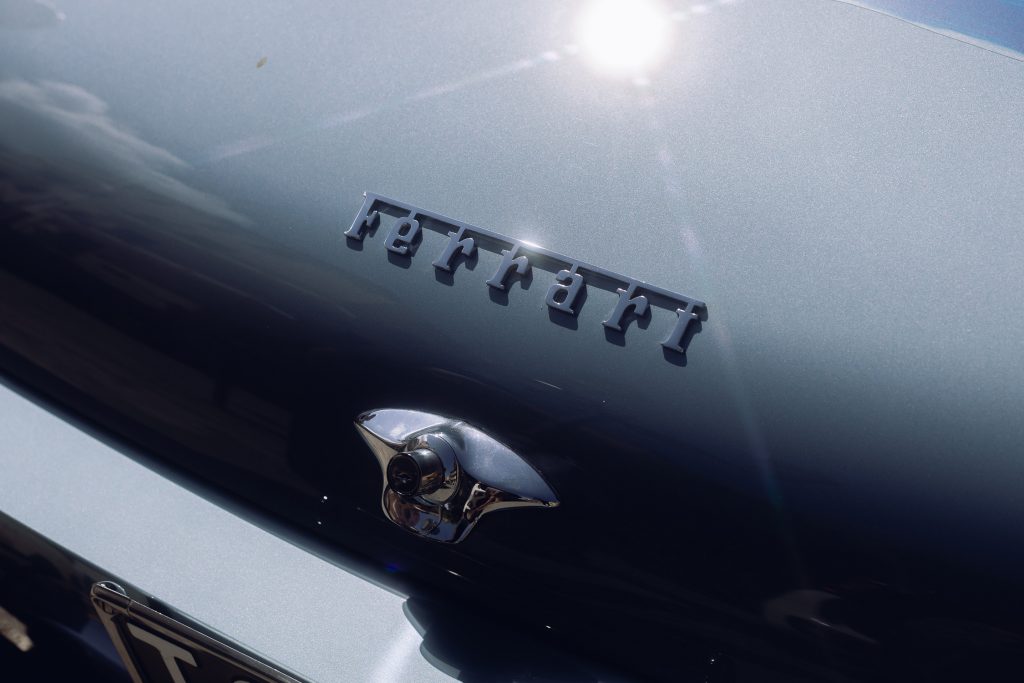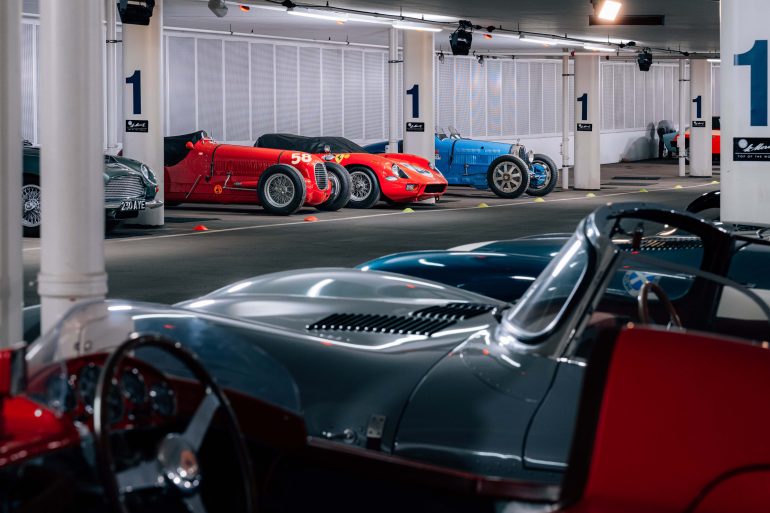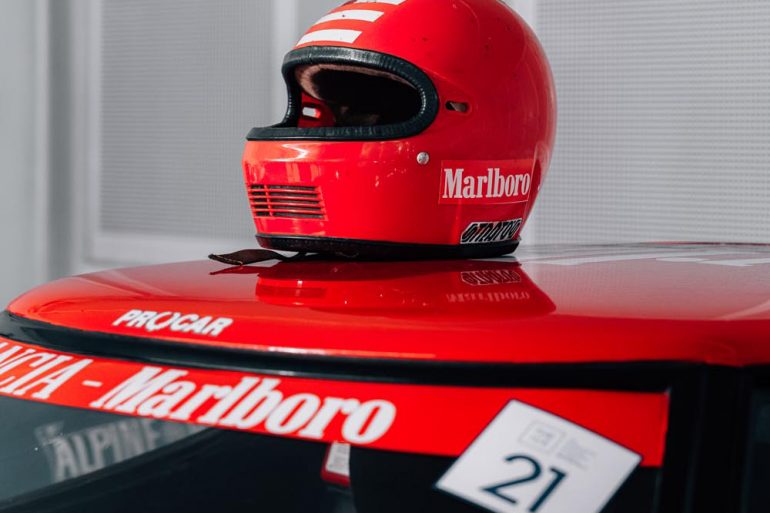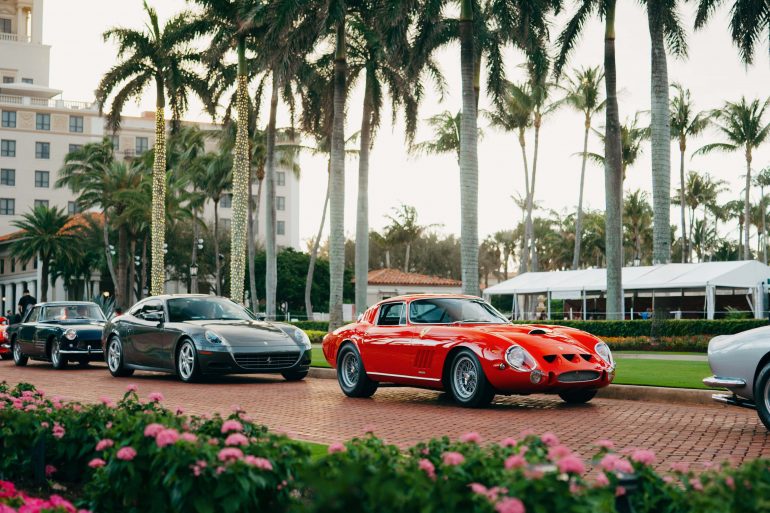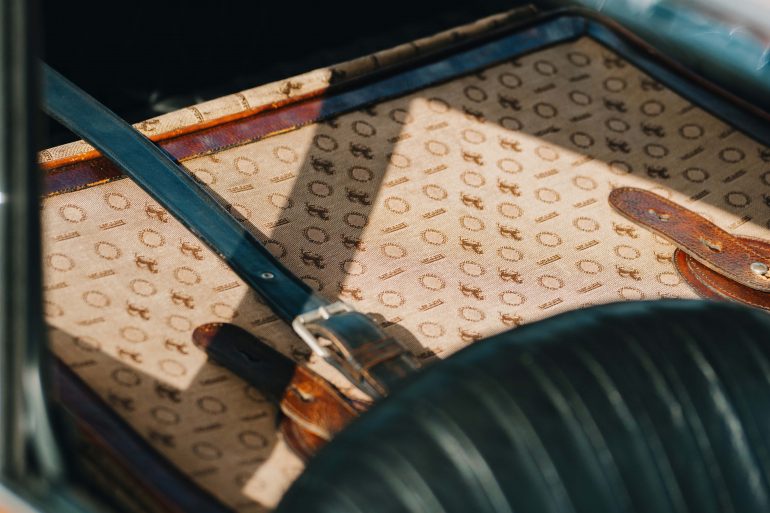Few weeks ago we flew to Sicily for a special project commissioned by RM Sotheby’s, filming and shooting the sole 1960 Ferrari 250 GT SWB California Spider to compete in period at the legendary Targa Florio. Known for its racing pedigree and firm place in automotive history, this remarkable Ferrari will be offered in August at the auction house’s event in Monterey.
Claiming period racing and exhibition use, a three-year restoration conducted by Italian craftsmen, certification by Ferrari Classiche, and a recent refinish in its period racing livery, this exquisite Ferrari is a benchmark example of Maranello’s short-wheelbase spider. A flurry of production metrics demonstrates just how special this 250 GT truly is. In addition to being only the second SWB California Spider built, 1883 GT is one of 18 such cars that were configured with uncovered headlamps. The spider is furthermore distinguished by being one of 25 cars delivered with a factory hardtop, one of just three examples bodied without side vents, and one of two to be fitted with the Tipo 128 F engine.
According to a history report by marque expert Marcel Massini, this steel-bodied California Spider completed assembly in August 1960, finished in Blu Medio paint with an interior upholstered with Rosso vaumol leather by Connolly. The 250 GT was purchased new through the Turin-based dealer Garage Fontanella & Co. by Litex S.a.S. on behalf of the company’s president, Robert Fusina, and he allowed Ferrari to exhibit the car on their stand at the 1960 Turin Motor Show.


Shortly thereafter the 250 GT was sold by Litex to its second owner, Trieste resident Alessandro Terni, who had the car repainted in light blue metallic. Terni then loaned the SWB to Fusina and Guido De Bonis for use in the Targa Florio in May 1962, where the car impressively finished 3rd in class and a respectable 19th overall. According to Cavallino magazine (and to the best of our knowledge), 1883 GT is the only Ferrari 250 GT California Spider of any kind—either Long or Short Wheelbase—to compete in the Targa Florio in period.
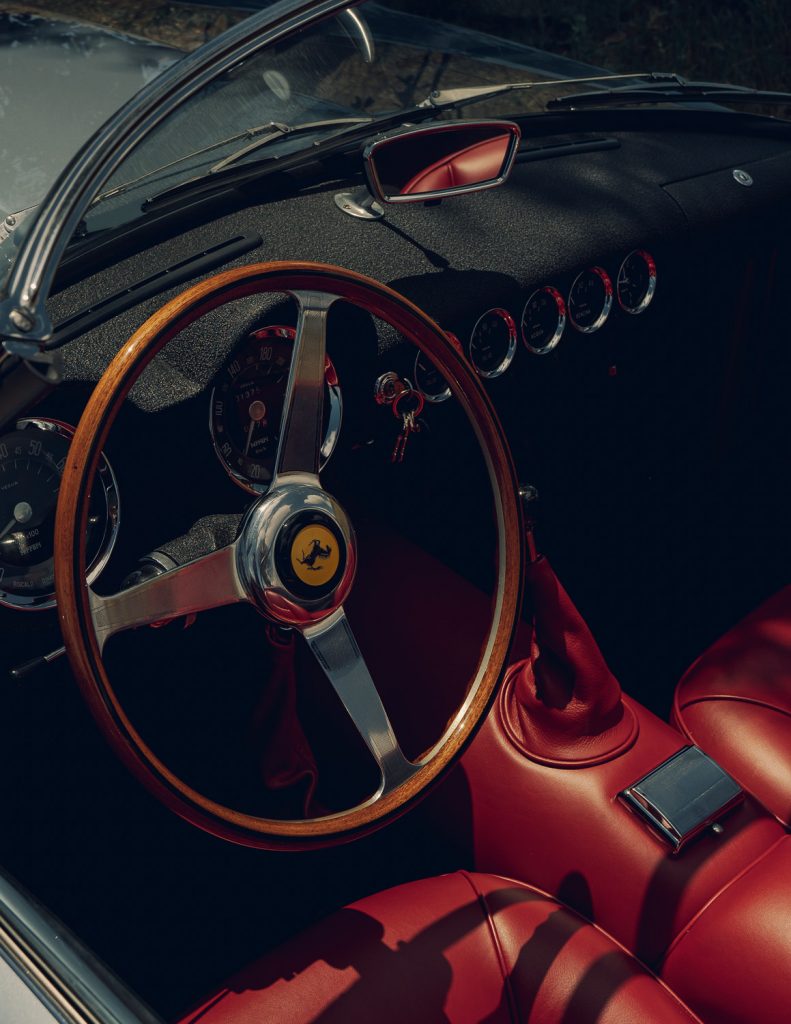
Two months later Terni sold the spider to Carlo Moraglia of Turin, although he only kept the car five months before selling it to De Bonis. In March 1963 the 250 changed ownership again when De Bonis sold the car to the Spanish-born Felix Manuel Cormin Villa, who also resided in Turin.
By the end of 1963 the Ferrari was found in Switzerland by Bob Grossman, the famed American privateer whose SCCA racing successes in the LWB California Spiders chassis numbers 0939 GT and 1451 GT helped popularize the model. Grossman exported the 250 GT to the United States and from him it passed through a chain of four private owners through early 1982, by which time the car had been refinished in rosso over a tan interior.
In 1983 the Ferrari was sold to Robert Panella of Stockton, California, a marque enthusiast whose collection included the 275 GTB/4 first owned by Steve McQueen (also being offered at RM Sotheby’s 2023 Monterey sale). Mr. Panella had the 250 GT restored, including the conversion of the nose configuration to covered headlamps, and he presented the spider at the Ferrari Owners Club Concours d’Elegance at the Rancho Cañada Golf Club in Carmel Valley in August 1984. Ten years later Panella presented the car at the FCA’s International Concours d’Elegance in Monterey.
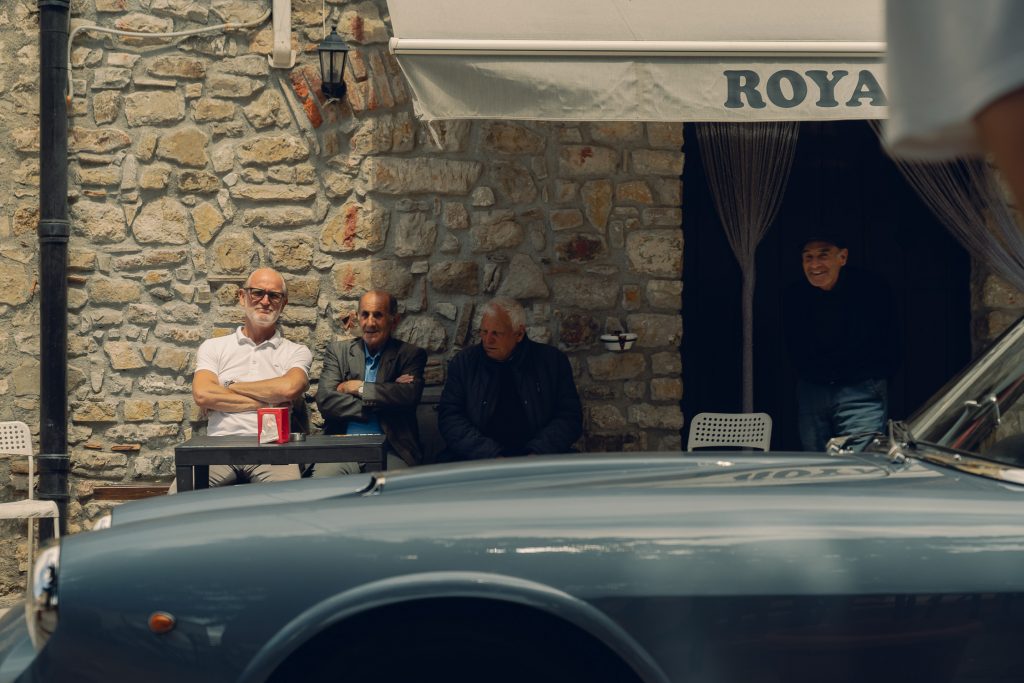
In July 1996 the Ferrari passed to Brazilian resident Carlos Monteverde, and after just one year he sold the car to artist and collector Everett Anton “Tony” Singer of Laurel Hollow, New York. Singer is better known in the niche as the proprietor of a vintage automotive poster printing company and as the founder of Automobilia Monterey. Singer also acquired the spider’s original hardtop, which had become separated from the car during the intervening years. Chassis 1883 GT was then displayed at the Greenwich Concours d’Elegance in June 1999, winning the Best Italian Sports Car award, and Singer went on to enjoy the car on the Colorado Grand for the following two years. During his ownership the spider also won a Silver Award at the 2001 Cavallino Classic, and it was presented at the Amelia Island Concours d’Elegance two months later.
In February 2002 the California Spider was acquired by a Swiss collector who exhibited the car at the Loris Kessel Ferrari Days at the Lugano-Agno airport and went on to retain possession for nine years. Sold to the current caretaker in January 2012, the 250 GT was submitted a year later to Ferrari Classiche to begin certification. The owner soon commissioned a complete restoration by the Carrozzeria Egidio Brandoli and Zanasi & Co. (including returning the headlamps to their original uncovered configuration, and an update of the livery to Nero over beige) and Joe Macari in London was retained to address all mechanical considerations. After completion of the three-year refurbishment in 2016, 1883 GT was certified with a Ferrari Classiche Red Book that demonstrates the spider retains its matching-numbers engine, gearbox, and rear axle.
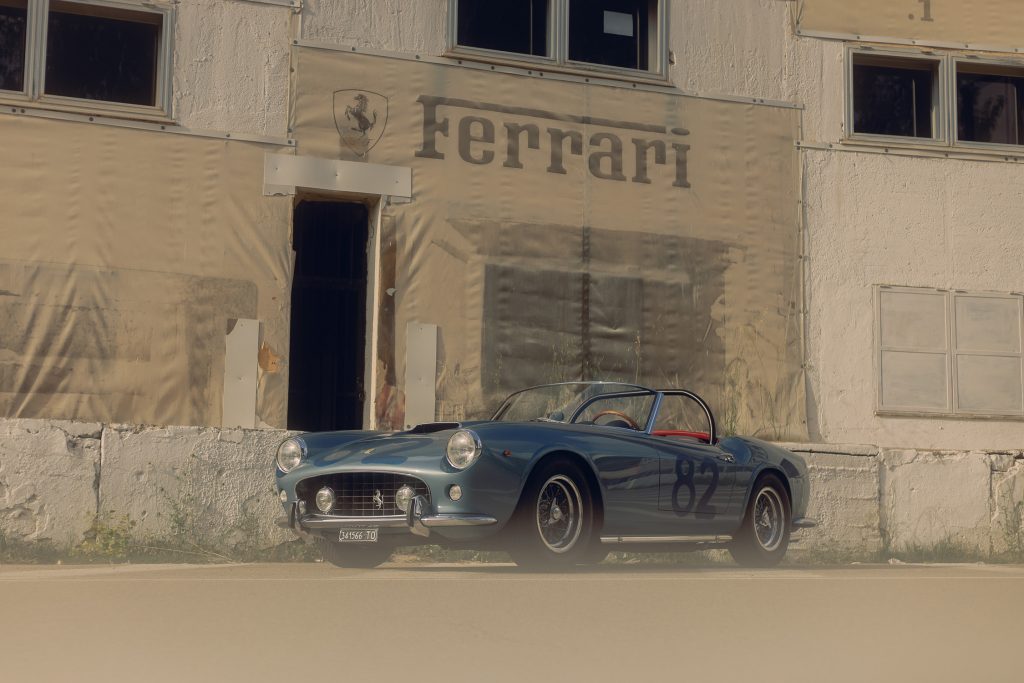
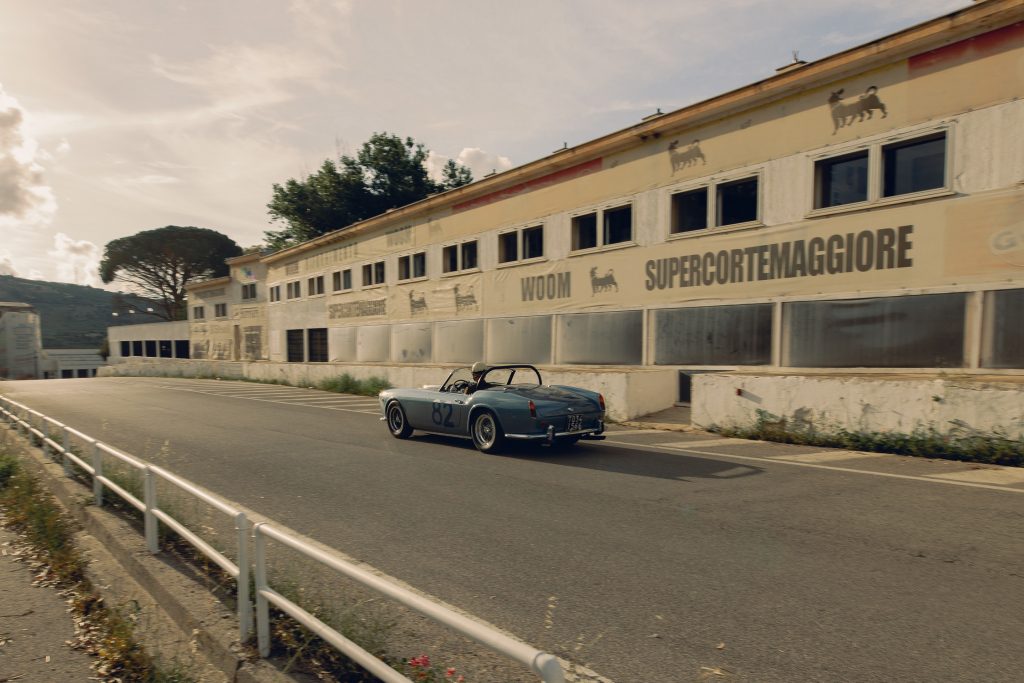
The 250 GT was then enjoyed during select European events, including the Ferrari Factory 70th Anniversary Cavalcade Classic in Tuscany in May 2017, and the Ferrari Factory Cavalcade Classic in Rome in 2019. The car was also presented at the Suisse Concours d’Elegance held at the Chateau Coppet in June 2018, and the 2023 Retromobile.
In preparation for its current offering the California Spider has recently been treated to a refinish in light blue metallic over a rosso interior, matching the livery of its most glorious moment, the 3rd-in-class finish at the 1962 Targa Florio. As a tribute to its appearance at the epic Sicilian road race the car has also been fitted with an easily removable bolt-on rollbar, and decals with race #82 have been applied. The SWB is currently fitted with 15-inch Borrani wire wheels, and it is accompanied by a spare set of 16-inch Borranis. It is furthermore offered with its original factory soft-top and hard-top, each of which is stored in a separate flight case.
